Plants that keep dying in the same spot can be caused by poor soil, a lack of nutrients, poor drainage, acidic or highly basic pH, too much water, lack of water or soil pathogens. Improve the soil with organic matter, cover it with mulch and add organic fertilizer before planting anything else.
This article will explore the top 8 reasons why plants keep dying in the same spot and some easy ways to stop this from happening.
Key Takeaways
- Poor soil conditions and drainage can contribute to plant failure in the same spot.
- Improving the soil with aged compost can help prevent future failures.
- Identifying and addressing pest and disease issues is crucial for plant health.
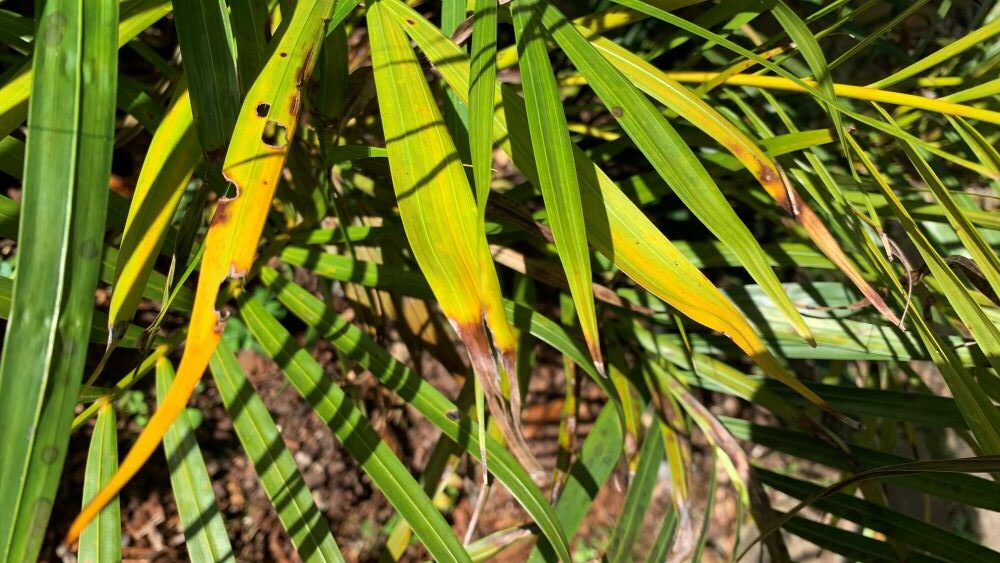
Why plants keep dying in the same spot
Check out the top reasons why plants will keep dying in the same spot.
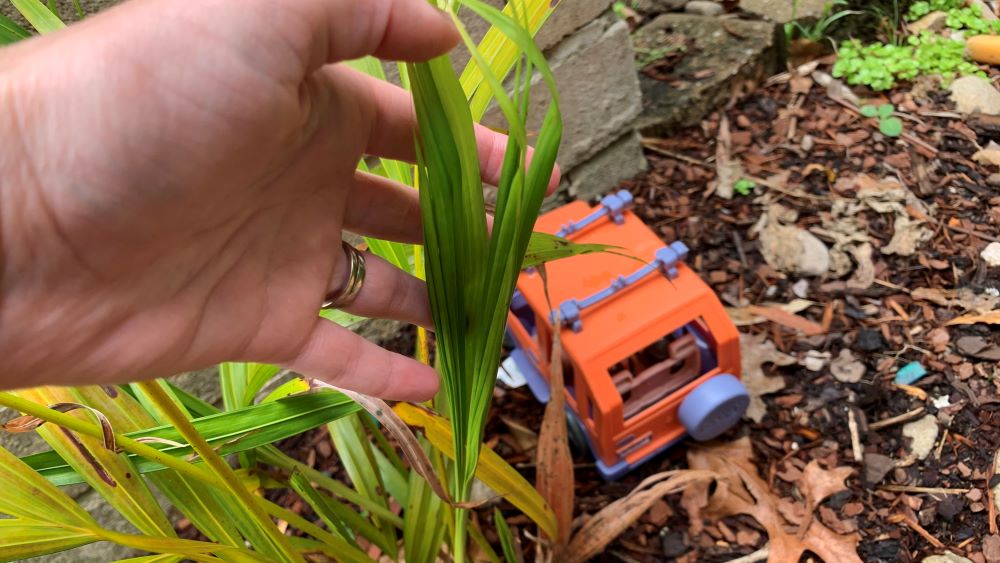
1. Lack of nutrients in the soil
Planting in the same spot can cause the soil to be low in nutrients. Different plants will absorb and use different nutrients as they grow. Citrus draw a lot of magnesium and iron when they produce fruit.
Vegetables such as tomatoes and peppers also absorb loads of nutrients that need to be replaced before planting anything else.
Adding extra organic matter like well-rotted compost or worm castings is a great way to improve the soil. Add a handful of pelleted chicken manure to the soil before planting and give it 2 weeks to break down.
After planting you can add some fertilizer specific to the plant.

2. Poor soil drainage
Poor drainage can cause plants to keep dying in the same spot. Soil that is very high in clay, compacted or has been left to dry out can drain poorly. This can cause the roots to be limited in their growth, they can rot or develop fungal growth.
This will cause damage and stop them from absorbing water and nutrients. Even within a few weeks this can cause the plant to start to turn yellow, brown and slowly die.
Drainage can be improved by mixing through compost.
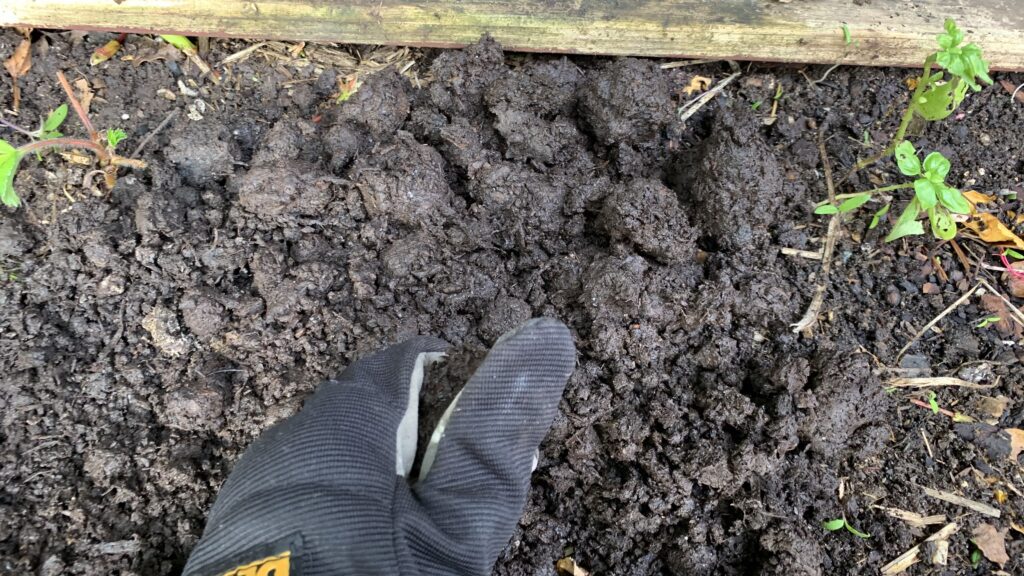
3. Soil pH is too high or low
Soil pH that is too high or too low can cause plants to continue to die in the same spot. Acidic soil caused by high amounts of unbroken down animal manure or plant material can cause plants to keep dying.
While some plants such as blueberries, azaleas and rhododendrons are more tolerant of acidic soils, most plants will die if the pH is too low.
Grab a soil pH testing kit to see what the soil is doing. Aiming for pH of around 7-7.5 will suit most plants.
If your soil is too acidic you can add garden lime or soil neutralizer.
Check these out here on Amazon.

4. Soil water levels are to high or low
Water levels in the soil can continue to kill plants if it is out of balance. Soil that holds water for too long can quickly rot the plant roots. Soil that drains too quickly can cause the plant to dry out and die as well.
I have a spot in my garden that has very poor, sandy soil. Even hardy plants like golden cane palms started to suffer after a few months. This position would also dry out rapidly because of the reflected heat from a brick wall.
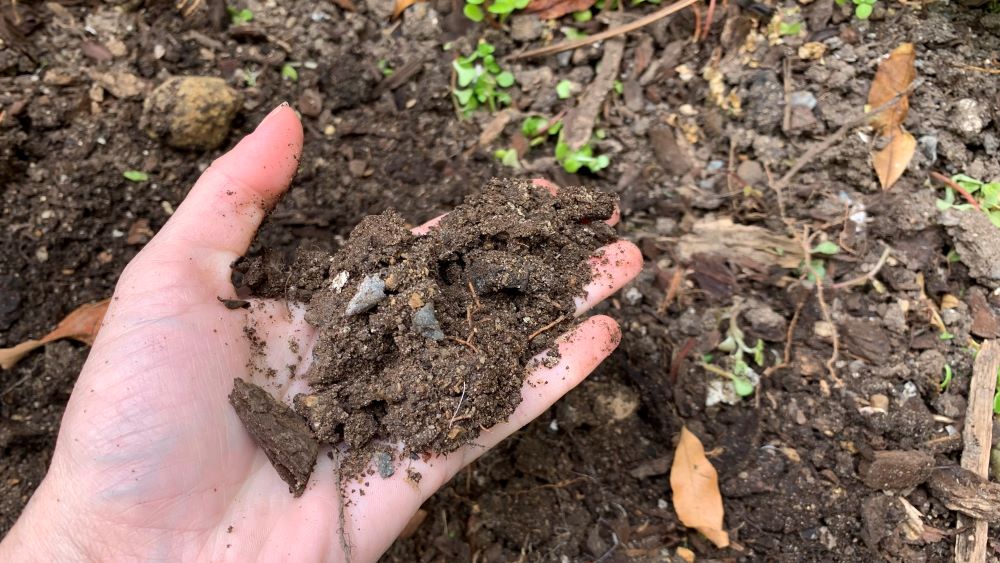
I chose to dig out my golden cane palm before it died and put it in a pot. It is happily growing in its new spot near my mandarin tree.
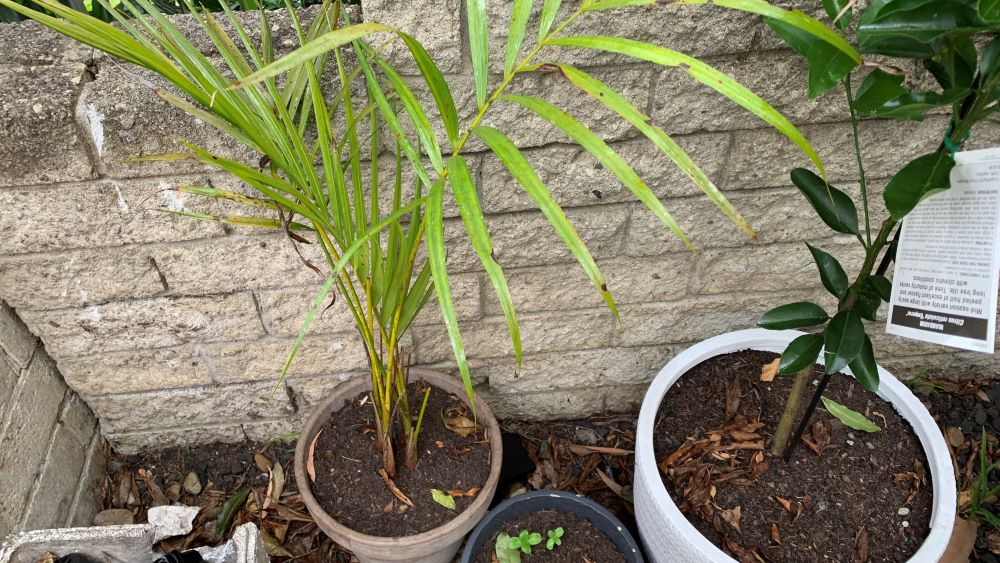
This soil needs worm castings, compost and pelleted chicken manure before planting anything else. The worm castings will add back nutrients and feed the natural soil bacteria. The compost will help the soil to hold more water.
It is also a great idea to choose a plant that is highly heat tolerant. I am going to aim for snake plants and dianella.
5. Pathogens living in the soil
If you keep planting in the same spot and the plants keep dying it could be because of soil pathogens. Bacteria or fungi that live in the soil can continue to live in the soil.
Planting tomatoes in the same spot for example can encourage nematodes. These soil pathogens can cause the plants to suffer and die each year.
It is important to rotate vegetables at least every 2-3 years if this is happening. Sometimes you can avoid this by adding lots of compost before planting but it is best to rotate crops if you have the space.
6. Too much shade for the type of plant
If the light conditions aren’t right for the plants you are growing they will keep dying in the same spot. Shade loving plants like clivias and plectranthus can suffer if they are getting too much sun. Plants that need more light like tomatoes can become leggy, yellow and die if they are not getting enough.
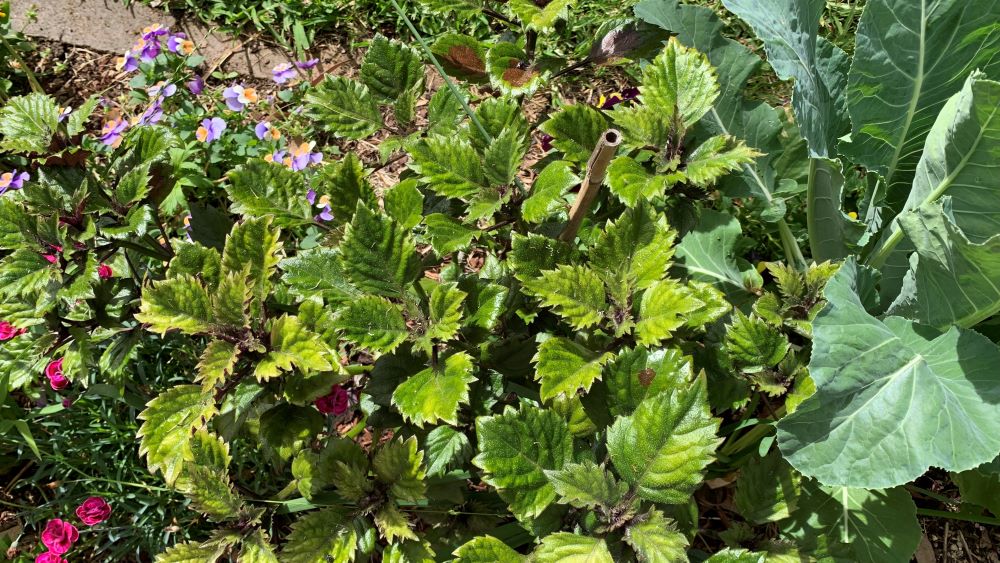
7. Insects
Some areas of our garden are more prone to insect attack. Insects can lay their eggs in the soil or on plant leaves which can survive and keep attacking the same plant.
I have a problem with bronze orange bugs attacking my orange tree in the same spot. Neem oil works well on sap sucking insects but for bronze orange bugs I am finding that squirting them off with a hose is working.
8. Planting near an established tree
Trying to grow small plants near an established tree can also be a challenge and can cause them to keep dying in the same spot. Large trees have extensive root systems that will draw water and nutrients out of the top soil. This will make it difficult to plant underneath them.
If you want to grow plants underneath established trees it is best to put them in pots and place them underneath. That way they won’t compete for nutrients and water.
How to stop plants dying in the same spot
Check out this quick list of things to do to stop plants from dying in the same spot
- Improve the soil with organic matter – Compost or worm castings work well
- Cover the soil with mulch – Add 3 inches of bark or straw mulch to protect the soil
- Leave the soil to rest – Leave the soil for 2-3 weeks before planting again, this will allow the nutrients to break down.
- Plant a nitrogen fixing crop – Plant legumes before planting vegetables to fix and return nitrogen to the soil. Dig them in and let them break down to improve the soil.
- Plant a hardy perennial – Plant an incredibly hardy plant in a tough spot like snake plants, cast iron plant or dianella. These will survive a tough, hot position even with poor soil.
- Add aged chicken manure – Feed the soil with aged chicken manure. Add a few handfuls to the area and water it in. This will feed the plants and soil bacteria.
- Choose a plant that matches the light of the area
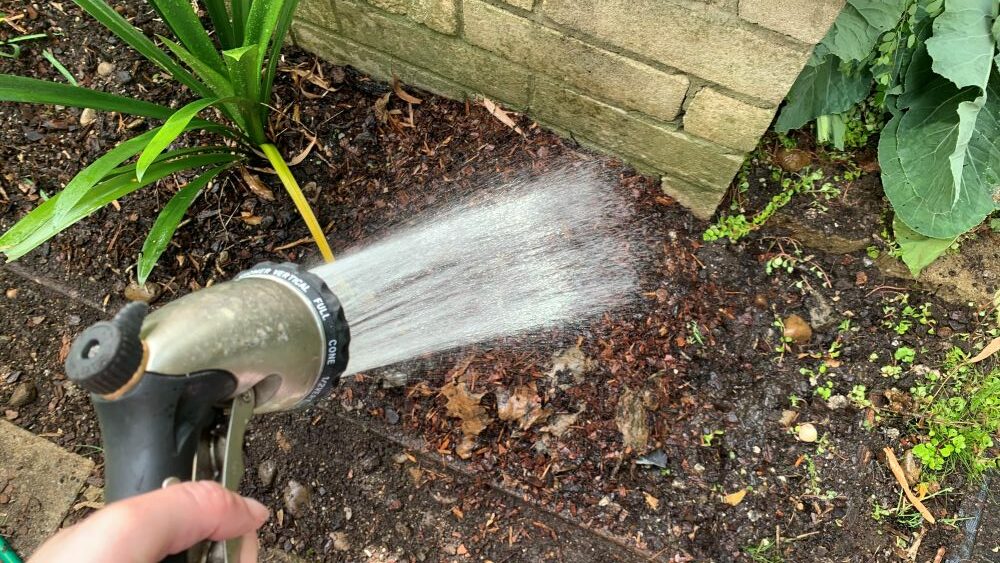
Reasons Why Plants Keep Dying in the Same Spot | Summary
Soil, light and water conditions will all influence whether a plant keeps dying in the same spot. Improving the soil with organic matter is always a good way to start. I like to use compost and worm castings to help with soil drainage and add back nutrients.
Let the soil rest for a few weeks and cover it with mulch. After this you can choose a plant to grow and feed it with some gentle fertilizer like pelleted chicken manure.
Happy growing.
Frequently Asked Questions
How can I revive my dying garden plants?
Reviving dying garden plants can be a challenging task, but it is possible with the right approach. Firstly, you need to identify the underlying problem causing the plant to die. This could be due to overwatering, underwatering, poor soil quality, pests, or disease. Once you have identified the problem, you can take the necessary steps to address it. This may involve adjusting the watering schedule, improving soil quality, or using pesticides or fungicides to eliminate pests or disease.
What are some home remedies for dying plants?
There are several home remedies that you can use to revive dying plants. One effective method is to mix a tablespoon of Epsom salts with a gallon of water and use it to water the plant. Epsom salt is rich in magnesium, which is essential for plant growth. Another option is to use a mixture of apple cider vinegar and water to water the plant. This helps to increase the acidity of the soil, which can benefit certain types of plants.
Why are my perennials dying and how can I prevent it?
Perennials can die due to a variety of reasons, including poor soil quality, overwatering, underwatering, pests, and disease. To prevent this, you should ensure that the soil is well-draining and of good quality. You should also avoid overwatering or underwatering the plant, and regularly inspect it for signs of pests or disease. If you notice any problems, take action immediately to prevent the plant from dying.
How do I repot a dying plant?
Repotting a dying plant can be a great way to revive it. To do this, you should first remove the plant from its current pot and gently remove any dead or dying roots. You should then place the plant in a new pot with fresh soil, ensuring that the roots are covered. Water the plant thoroughly and place it in a spot with the appropriate amount of sunlight for its species.
Can sugar water help revive dying plants?
There is some evidence to suggest that sugar water can help revive dying plants. This is because sugar provides plants with energy, which can help them to recover from stress or damage. To use this method, simply mix a tablespoon of sugar with a gallon of water and use it to water the plant.
What is the main cause of houseplant death?
The main cause of houseplant death is typically due to overwatering or underwatering. Houseplants require a specific amount of water, and if this is not provided, they can quickly become stressed and die. Other causes of houseplant death include poor soil quality, pests, and disease.
I am an accredited practicing dietitian, experienced gardener and a dedicated cook. I love writing and sharing my experience so you can learn from my successes and mistakes.
